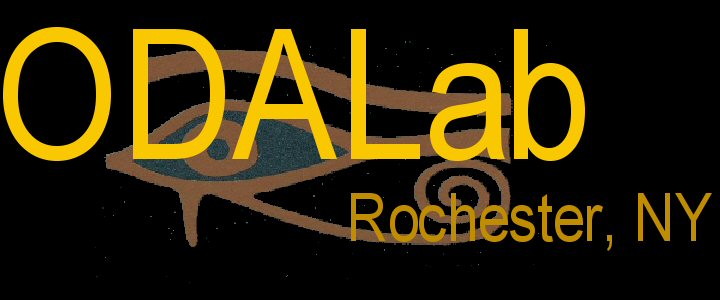|
Design of Illumination Devices for Photodynamic Therapy in the Oral Cavity (2009-present)
Photodynamic therapy (PDT) is a cancer treatment that combines the use of photosensitizing drugs and light in presence of oxygen to
initiate chemical reactions that result in cytotoxic action causing irreversible damage to tumor tissues. Its application in oral
cavity tumors, a sub-type of head and neck cancer, is favorable because it prevents the need of surgical resection, which causes
discomfort and can affect speech and swallowing functionality in patients. PDT has been successfully demonstrated in clinical
trials in which the light was delivered in the oral cavity either with a lens terminated fiber or a cylindrical diffusing fiber.
One of the main difficulties encountered in the delivery of PDT in the oral cavity derives from the necessity to shield the cavity
from the light, in order to guarantee that only the lesion is exposed to the treatment radiation, since the photosensitizing drug is
delivered systematically to the patient and may not localize in the cancerous cells with sufficient selectivity. Reproducibility and
uniformity of optical dosimetry are also of concern.
Illumination theory can be applied to the design of efficient devices that are successful in delivering the light
reducing the need of shielding and in providing the desired irradiance and uniformity for PDT of the oral cavity.
Collaboration with Professor Tom Foster of the University of Rochester Medical Center (UMRC).
|

